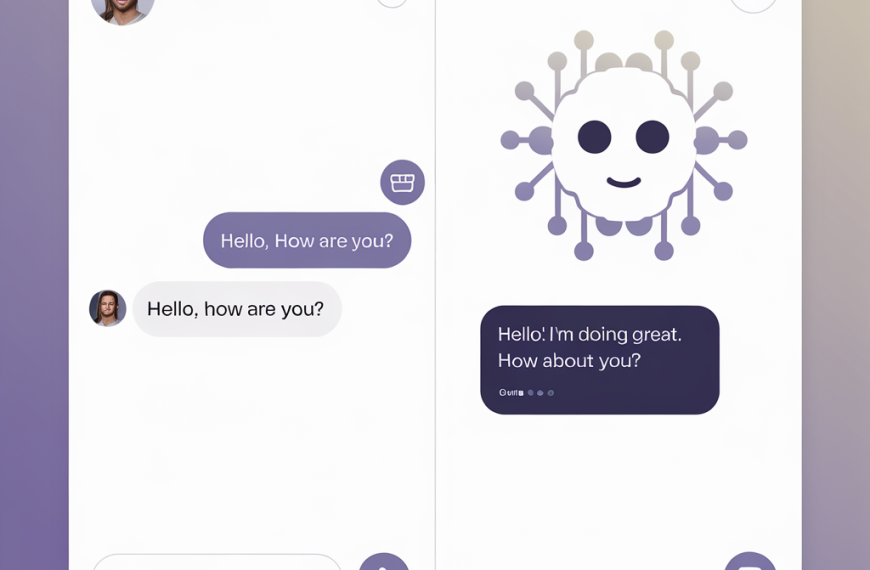Ultimate Guide to Evaluating Design Tools for Your Business

Introduction
In today’s competitive business landscape, the right design tools can be the difference between standing out and blending in. As businesses strive to create compelling visual content, selecting the right design tools becomes crucial. These tools not only enhance creativity but also streamline workflows, improve collaboration, and ultimately contribute to the bottom line. In this guide, we will explore the key factors to consider when evaluating design tools, compare popular options, and look at future trends in design technology.
Key Factors to Consider When Evaluating Design Tools
When choosing design tools for your business, consider the following factors:
Usability
The tool should be user-friendly and intuitive, allowing designers to focus on creativity rather than grappling with complex interfaces.
Integration
Seamless integration with other software and platforms is essential for efficient workflows. Ensure the tool can easily connect with your existing systems.
Features
Evaluate the features offered by the tool. Does it provide the necessary functionalities to meet your design needs? Look for tools that offer a balance of essential and advanced features.
Cost
Consider the cost of the tool in relation to your budget. While some tools may have a higher upfront cost, they might offer better long-term value.
Support
Reliable customer support can save time and frustration. Check if the tool offers comprehensive support resources, including tutorials, forums, and direct assistance.
Comparison of Popular Design Tools
Adobe Creative Suite
Adobe Creative Suite is a powerhouse in the design world, offering a wide range of tools for graphic design, video editing, and more. Its comprehensive features make it a favorite among professionals, but it comes with a steep learning curve and cost.
Figma
Figma is a web-based design tool known for its collaborative features. It allows multiple users to work on a project simultaneously, making it ideal for teams. Its user-friendly interface and integration capabilities make it a strong contender.
Sketch
Sketch is popular among UI/UX designers for its vector editing capabilities and ease of use. However, it is limited to macOS, which can be a drawback for teams using different operating systems.
Canva
Canva is a versatile tool suitable for both beginners and professionals. It offers a wide range of templates and easy-to-use features, making it perfect for quick design tasks. However, it may lack the advanced features needed for complex projects.
Benefits and Drawbacks of Using Design Tools in a Business Setting
Design tools offer numerous benefits, including increased efficiency, enhanced creativity, and improved collaboration. They enable businesses to produce high-quality visuals quickly and cost-effectively. However, the drawbacks include the potential for high costs, the need for training, and the risk of over-reliance on technology.
Future Trends in Design Tools and Technology
The future of design tools is exciting, with trends such as AI-driven design, collaborative platforms, and no-code tools gaining traction. AI-driven design tools can automate repetitive tasks, allowing designers to focus on creativity. Collaborative platforms enhance teamwork, while no-code tools democratize design, enabling non-designers to create professional-quality visuals.
Conclusion and Call to Action
Evaluating design tools is a critical step in ensuring your business remains competitive. By considering factors such as usability, integration, features, cost, and support, you can select tools that align with your business goals. As technology evolves, staying informed about future trends will help you adapt and thrive. Take the time to assess your current tools and explore new options to enhance your design capabilities.
Blog Categories
- Buying Guides & Tips (ID: 16)
- Comparison Guides (ID: 15)
- Marketing Tools (ID: 13)
- Productivity Tools (ID: 1)
- Software Reviews (ID: 6)


 By
By


